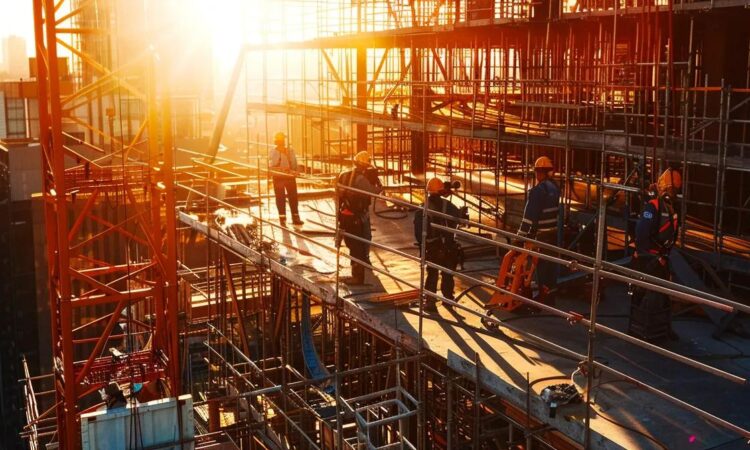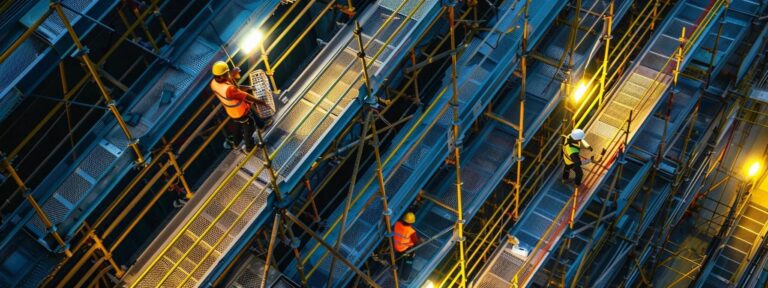Fall Protection Design & Installation for Workplace Safety
Implementing robust fall protection system design and installation ensures workers remain safeguarded from free fall hazards on beams, roofs, mezzanines, and ladders by integrating guardrails, lifelines, harnesses, and compliant engineering controls.
Key Takeaways
- Design systems using a hierarchy of controls for maximum hazard mitigation.
- Install anchors and lifelines with verified torque and load-test methods.
- Inspect components visually each month and conduct formal audits annually.
- Integrate installation records and inspection data in a digital maintenance platform.
- Assess long-term performance metrics to guide maintenance and upgrades.
What is fall protection system design and installation?
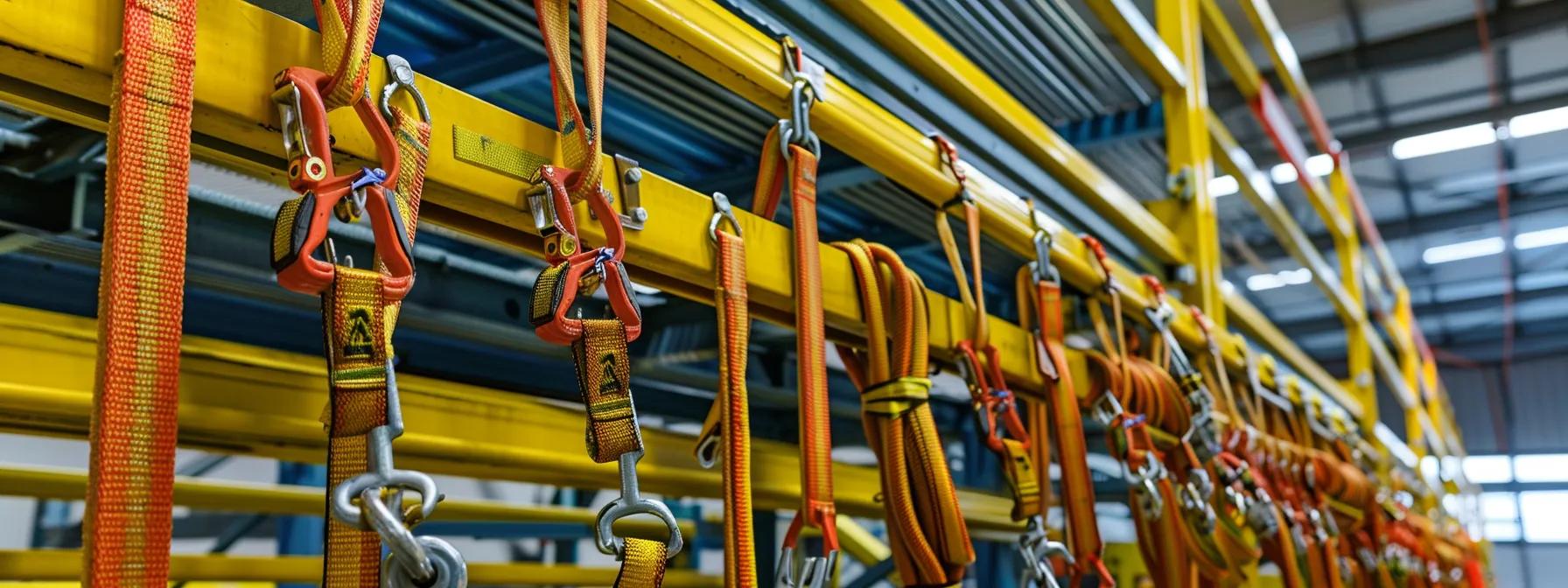
Fall protection system design and installation is the strategic planning and implementation of engineered controls, ladder systems, and personal protective equipment to prevent free fall and related injuries on elevated surfaces. Learn more about the industries we serve on our blog or get a free quote from us fall protection.
This process begins with a comprehensive risk assessment that identifies hazards such as unguarded edges, skylights, and open-sided mezzanines, then defines specifications for guardrail systems, ladder systems, safety harnesses, and lifeline systems to meet ANSI Z359 and OSHA 1926.502 standards. Us fall protection offers you the opportunity to get a free quote.
By integrating anchor points, lanyards, rope grabs, and energy-absorbing connectors, engineers at us fall protection ensure each component—from beam-mounted davits to portable guard rails—aligns with factor of safety calculations and maintenance intervals. To learn more, visit our about-us page or get a free quote today.
What are best practices in fall protection system design?
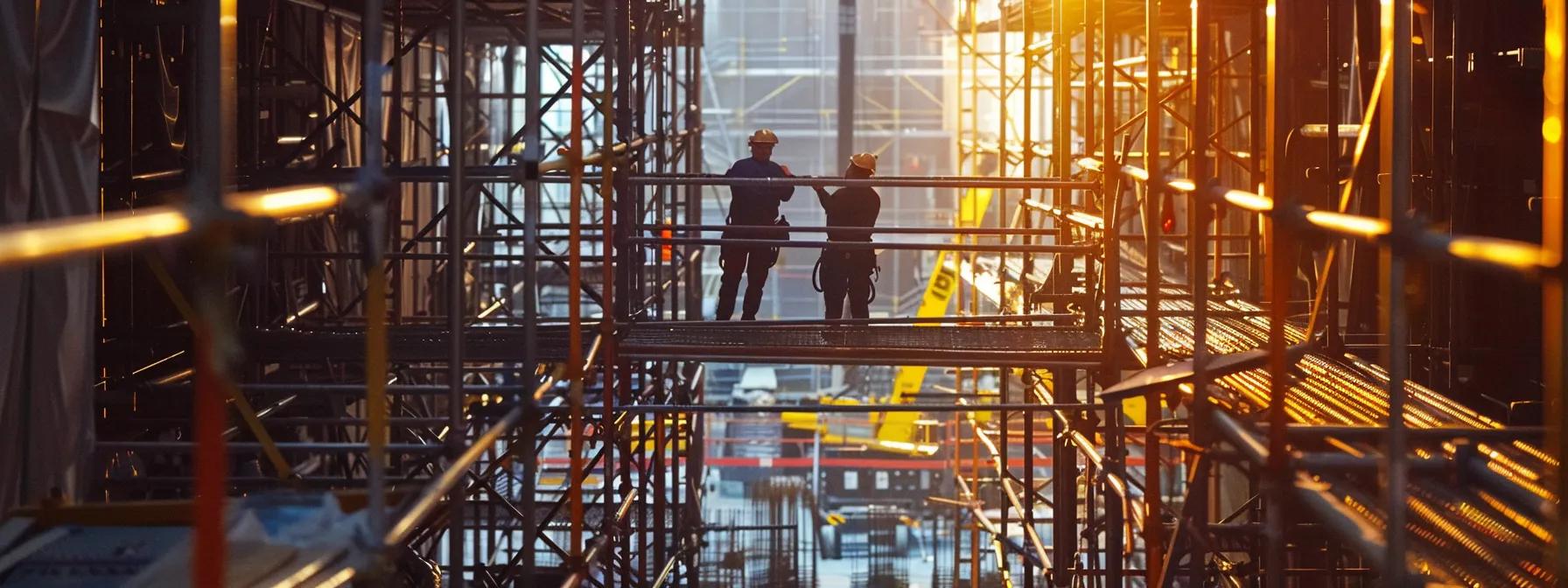
Best practices in fall protection system design begin with a hierarchical controls approach that prioritizes elimination, engineering controls, and then administrative measures.
After hazard identification, design teams select fixed guardrail systems for permanent edges, supplemented by wire rope lifelines on sloped roofs and davit-mounted anchor points for confined space access.
Incorporating redundancy through dual anchorage, corrosion-resistant materials, and factor of safety margins of at least 2:1 enhances reliability, while specifying annual maintenance and visual inspection protocols aligns with OSHA and ANSI requirements.
Collaborating with general contractors, structural engineers, and safety officers during design-installation planning sessions ensures integration with scaffolding, monorail systems, and fall arrest equipment on construction sites and aircraft maintenance hangars.
What are effective methods for fall protection system installation?

Effective methods for fall protection system installation combine precise site preparation, qualified installer training, and adherence to installation specifications laid out in the design phase.
Installers verify substrate integrity on concrete slabs, steel beams, or rooftop parapets before mounting anchors, using torque-measured fasteners or chemical adhesive anchors for secure attachment.
Integration of horizontal lifeline systems requires proper tensioning to limit free fall distances to under six feet and minimize arrest forces below 1,800 pounds, as confirmed in pull-load tests.
Coordinating installation with electrical and mechanical trades prevents interference with ductwork and overhead cranes, while using color-coded webbing for temporary guardrails enhances visual inspection and OSHA compliance.
The main components of a comprehensive fall protection system include:
- Fixed guardrails with midrails and toeboards to prevent falls at open edges
- Energy-absorbing lanyards and shock-absorbers to reduce arrest forces
- Anchorage connectors—beam clamps, davit bases, and concrete anchors
- Horizontal and vertical lifeline systems for mobility
- Full-body harnesses with adjustable buckles for worker comfort and fit
What are fall protection system inspection techniques?
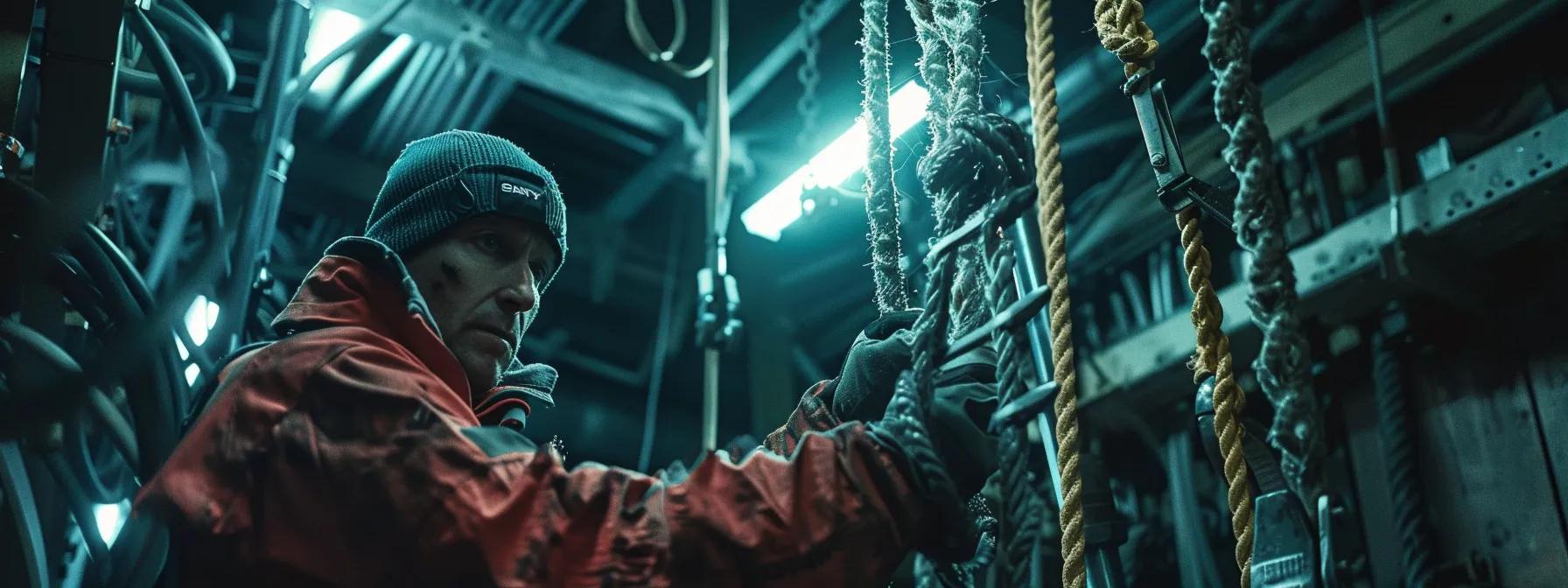
Fall protection system inspection techniques involve routine visual checks, functional tests, and documented audits to detect wear, corrosion, or damage on components.
Inspectors examine webbing for frays, metal fittings for cracks, and rope lifelines for UV degradation, then perform load tests on anchors per ANSI Z359.1 at 5,000-pound proof load every year.
Monthly user inspections by trained workers include verifying harness stitching, lanyard energy absorbers, and gate operation on carabiners, while annual professional inspections document findings in digital logs for audit traceability.
These inspection cycles ensure maintenance of protection systems across various industries—telecommunications towers, warehouse mezzanines, railcar loading platforms, and confined space entry points—keeping them within specification limits.
Essential Takeaways for Fall Protection System Design and Installation

Merging installation and inspection processes for continuous safety requires an integrated management system that unifies documentation, on-site workflows, and corrective action tracking.
During installation, quality control inspectors verify torque values, anchorage placement, and component serial numbers against design drawings; these records then feed into maintenance schedules for inspections and re-certifications.
A digital platform consolidates installation reports, inspection checklists, and training records, triggering automated alerts for upcoming annual maintenance or defect repairs and reducing administrative control gaps.
By linking field teams—engineers, general contractors, and safety officers—through mobile data entry, organizations maintain up-to-date status on equipment lifecycles across multiple job sites, from roof-mounted davits to suspended scaffolding anchors.
How is system performance assessed for long-term safety?
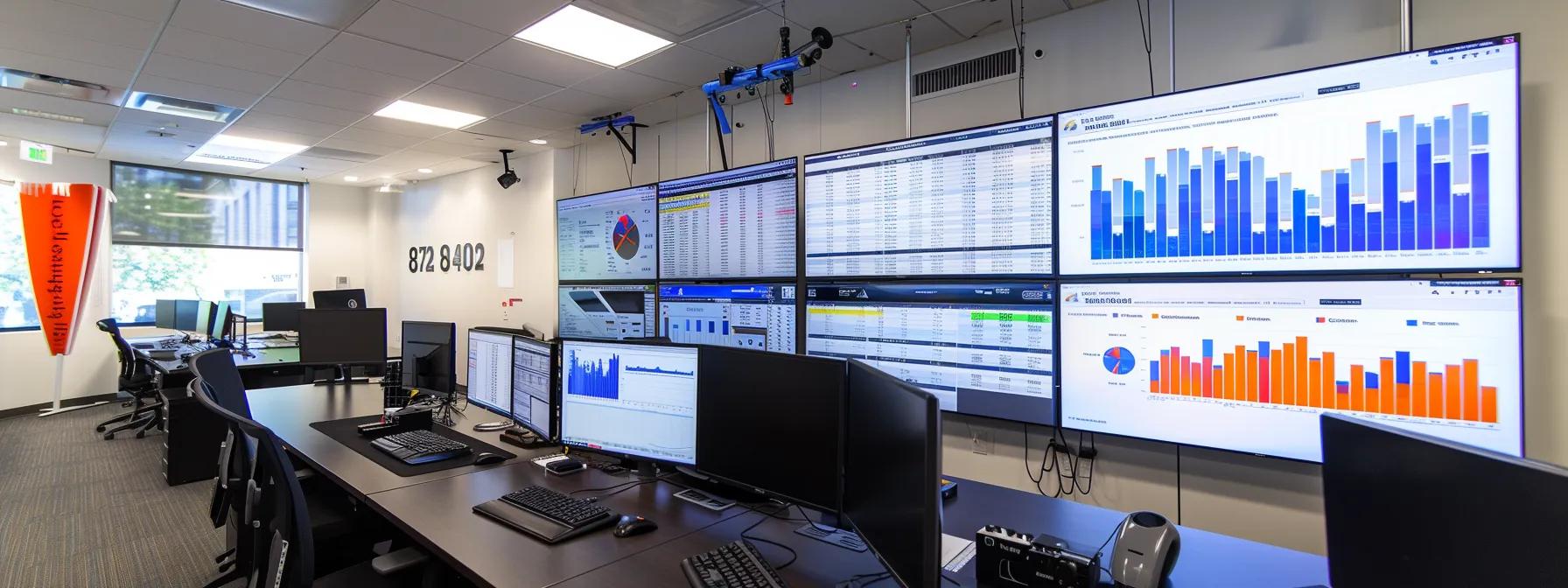
System performance is assessed for long-term safety by analyzing inspection data trends, incident reports, and component fatigue testing results to validate design assumptions.
Key performance indicators—mean time between failures (MTBF), average arrest force, and annual inspection pass rates—are tracked to identify potential lifecycle improvements in rope grabs, harness buckles, and energy absorbers.
A comparative table below links each component to its function, applicable regulatory standard, and recommended inspection interval, supporting data-driven maintenance budgeting and risk management decisions.
The following table outlines critical components of fall protection systems, linking each to its function, applicable standard, and maintenance interval.
| Component | Primary Function | Applicable Standard | Inspection Interval |
|---|---|---|---|
| Guardrail System | Edge protection | OSHA 1926.502 | Monthly visual / Annual audit |
| Energy-Absorbing Lanyard | Shock reduction | ANSI Z359.1 | Before each use / Annual test |
| Horizontal Lifeline | Worker mobility | ANSI Z359.6 | Monthly visual / Biennial load test |
| Full-Body Harness | Fall arrest | OSHA 1910.140 | Before each use / Annual inspection |
| Anchor Connector | Secure attachment | ANSI A10.32 | Monthly torque check / Annual certification |
Tracking component performance through this table empowers safety managers to allocate resources effectively, reduce downtime, and uphold compliance across diverse environments—from construction cranes to aircraft maintenance platforms.
What is the maximum allowable free fall distance?
The maximum allowable free fall distance is typically six feet per OSHA standards to limit arrest forces.
How often must horizontal lifelines be tested?
Horizontal lifelines require a biennial load test at 100% of design load per ANSI Z359.6.
Can I mix equipment brands within one system?
Mixing brands is not recommended unless all components meet the same ANSI and OSHA specifications.
What training is required for installers?
Installers must complete a qualified person training program covering risk assessment, torque application, and anchor selection.
How long does fall protection equipment last?
Service life varies by manufacturer but generally spans five to ten years with proper maintenance and no arrest events.
Fall protection system design and installation form the foundation of worker safety at heights by combining engineered guardrails, lifelines, and proper harness integration.
Implementing rigorous inspection techniques and merging data across installation and maintenance workflows ensures continuous compliance with OSHA and ANSI regulations.
Using performance tables and trend analysis enables organizations to invest in durable, high-performance anchors and energy-absorbing connectors.
Adopting these practices reduces free fall risks and builds a culture of safety from the ground up.

